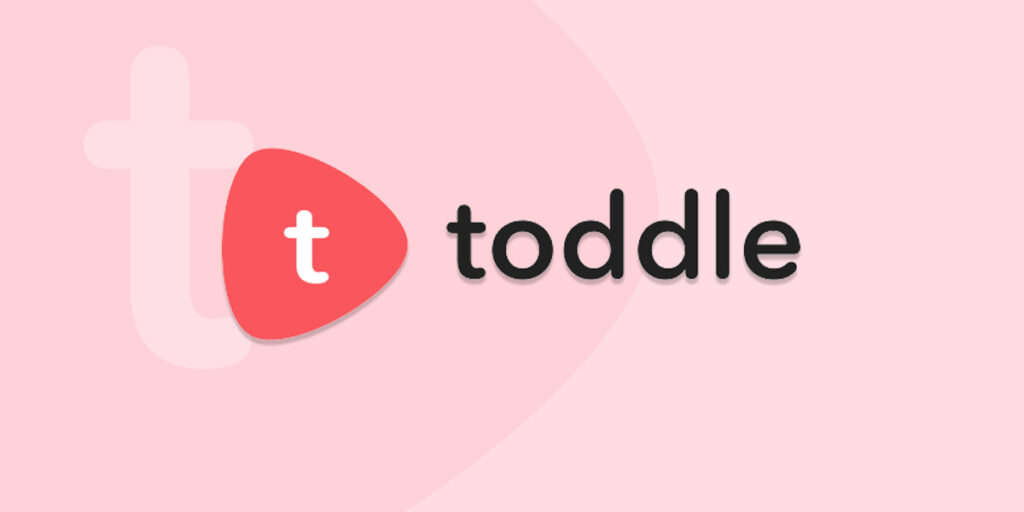In the technology industry, Toddle has long pledged to democratize software development by providing “visual” tools that enable non-coders to create digital products
In the past, this could have been a product such as Microsoft’s Visual Basic for Applications (VBA) or Dreamweaver. However, in recent years, many no-code and low-code firms have raised substantial amounts of capital to expand access to the software development process.
Against this backdrop, the Danish startup Toddle has entered the visual development arena by introducing a no-code platform that is a comprehensive alternative to Javascript frameworks. The platform includes real-time collaboration, version control, and hosting.
Ultimately, the organization intends to “revolutionize the software development process.”

A congested area
Bubble, Flutterflow, Builder, Softr, Framer, Webflow, and countless other startups have raised substantial sums of money, frequently at billion-dollar valuations, for their differing interpretations of the ideal no-code development platform. Even though not all of these are aimed at the same markets, they are driven by the same principles: the ability for any employee within a company to engage in software development, irrespective of their coding abilities.
Toddle was established in 2022 by CEO Andreas Møller and CDO Kasper Svenning. The co-founders aimed to develop a platform that provides designers direct access to a live codebase through a visual editing interface. This allows them to make UI (user interface) and UX (user experience) changes promptly reflected in the underlying code framework.

The founders are promoting Toddle as a visual tool that can replicate the power of languages such as React. Møller envisions design and developer teams utilizing Toddle to develop fully-featured SaaS applications. This is comparable to how a developer might utilize Figma to design their digital products, Webflow to create marketing websites, Glide for a limited amount of prototyping, and Bubble for extensive testing through minimal viable products (MVPs).
Møller stated to TechCrunch, “Essentially, any SaaS application that requires advanced functionality.” “Is it feasible to construct it in React?” Then, it can be constructed in Toddle.
The concept is that developers and designers can utilize the same “language” and operate from the same page, eliminating the need to transition between various environments. Developers can revisit previous versions of components or applications as required, and they can store all components created in Toddle as packages for reuse across projects. Additionally, version control is available.
Therefore, designers may focus on modifying the interface, marketers may alter content, and developers may concentrate on the fundamental logic of the app’s development without the need to be involved in every button style change. Toddle is the “translation layer” that effectively synchronizes the visual adjustments with the corresponding front-end framework and CSS methodology. This is achieved through visual and programmatic means.
Toddle is not a full-stack web app creator; it lacks a built-in database. In certain circumstances, an all-in-one front- and back-end builder may be appropriate (e.g., for prototypes or basic applications). However, Møller believes those developing complex applications will have evolving requirements, so it is not logical to bind them to Toddle. In a blog post elucidating the rationale, he stated, “One-size-fits-all technologies always become one-size-fits-none over time.”
Conversely, Toddle collaborates with the developer’s preferred systems for back-end functionality, including authentication and databases. The company provides a variety of integrations, such as GraphQL, Stripe (for payments), Xano, Supabase, Airtable, and AI models from OpenAI and Hugging Face.
Toddle’s pricing model is freemium, with the free tier providing the majority of the necessary components to begin developing web applications. Nevertheless, it is important to note that this only pertains to open-source projects and must be hosted on Toddle’s domain.
Nevertheless, it serves as an advantageous method of experiencing Toddle’s capabilities. Users can purchase additional storage, access custom domains, and eliminate all Toddle branding.
Møller stated, “You can construct anything in Toddle in the free tier.” “That is significant because we aspire to revolutionize the software development process.” We must ensure it is accessible to all individuals, provided they possess a computer.
The element of open-source
The company, which is two years old, asserts that it has 9,000 individual users and receives up to 80 new signups per day and approximately 60 paying users. Although it is a modest beginning, Toddle announced on Tuesday that it has secured $4.3 million in initial funding as it prepares to open-source most of its platform.
The company intends to release its platform’s language and runtime components under a permissive Apache 2.0 license. Additionally, it intends to make its editor open-source at a later date.
In this context, “language” refers to the editor’s output, which is the raw code Toddle transmits to the AST (abstract syntax tree). This code is further translated into machine-readable binary code. The “interpreter” that provides the essential components and services necessary for the execution of a program is referred to as the runtime.
The gist of this is that developers will ultimately be able to self-host apps built in Toddle without the need to use the platform itself, and they will be able to modify and enhance the language of their apps. According to Møller, the organization intends to make these diverse components available for public use beginning this year and continuing through 2025.
Møller stated, “We have some work to do to decouple the open-source code.” “It will occur in stages.”
